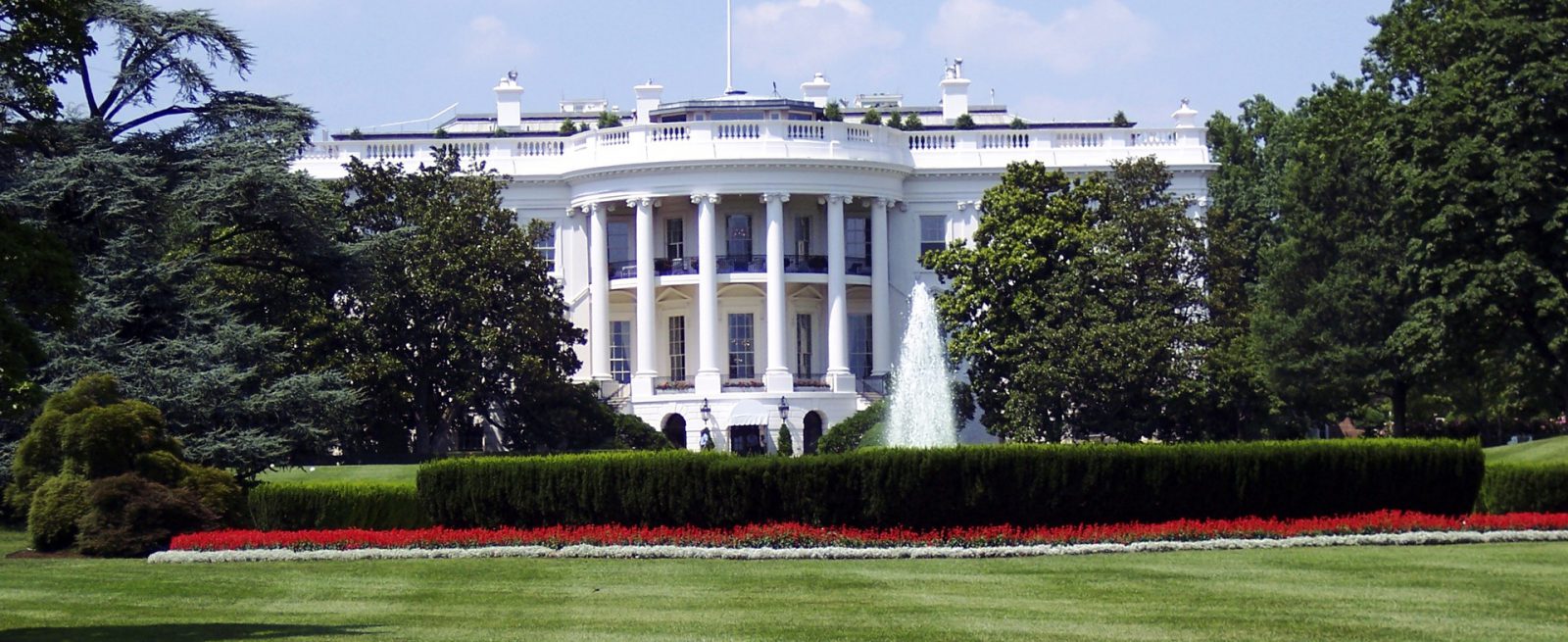Workplace Developments to Expect Under a Trump Presidency
2 Min Read By Charles H. Rodriguez
On January 20, Donald Trump will take the Oath of Office and officially become the 45th President of the United States. Because of the multitude of contrasting views from the current presidency, Americans can likely expect changes in many aspects of the law, including the issues surrounding the workplace.
What exactly will the workplace look like under a Trump administration?
It’s hard to say at this point, but here’s what we expect from what we know so far on employment leave, labor relations and reporting requirements.
Employment Leave
President-elect Trump did not provide specifics on his views of employment leave, but did express a slight agreement with Hillary Clinton’s views on the matter. Clinton wanted to expand the Family and Medical Leave Act, adding more time off and incorporating an acquired paid sick day strategy. Trump expressed interest in specifically working to promise up to six paid weeks of maternity leave.
Labor Relations
The National Labor Relations Board (NLRB) has two vacancies, which as President, Donald Trump will be inclined to fill. He will likely fill the two open seats with Republicans. Another seat will open in this month, which he will also likely fill with a Republican individual. This would mean three of five Republicans sit on the NLRB, giving Republicans the majority vote. The newly-appointed board will likely work to reverse or slow down some of the labor-related movements from the Obama administration.
The GOP has historically challenged labor-related unions, and Trump has mentioned the country’s need to be mindful of public sector unions. In April 2015, the NLRB put into effect rules restricting “quickie” unions. These rules narrowed the union election time frame. Trump and his administrators will likely overturn these rules in the coming years.
A key indicator of the Board’s focus will be its position on social media, in connection with employment law protections. Under President Obama, the NLRB took an aggressive approach on curbing social media policies and publicizing wage information as protected activity. It is foreseeable that Trump’s appointees will be less focused, and therefore less aggressive, when it comes to social media and communication policies in the workplace.
EEOC Pay Data
The annual EEO-1 reporting program covering employers with 100 or more employees is expected to broaden its information gathering power by including corresponding wage data within its demographic categories. The EEOC’s plan is currently set to go into effect on March 31, 2018. However, under a Trump administration, that may not happen. Employers shouldn’t expect to see change right away. President-elect Trump will fill a vacancy in the EEOC chairs, which would likely flip to a Republican majority. Because this predicted majority-change will take place before the EEOC plan goes into effect, there is a chance that the committee will revise pending or future reporting requirements.


